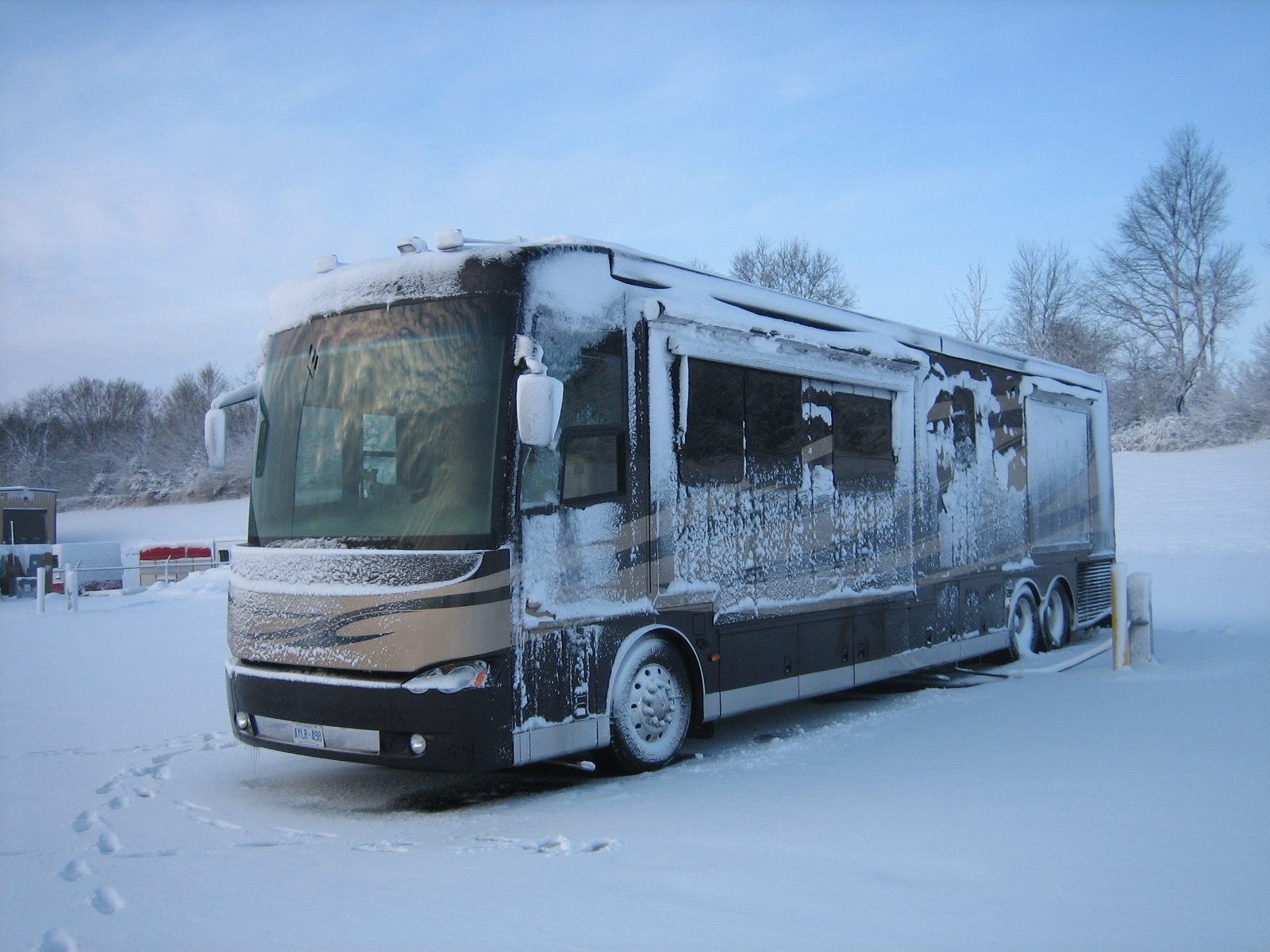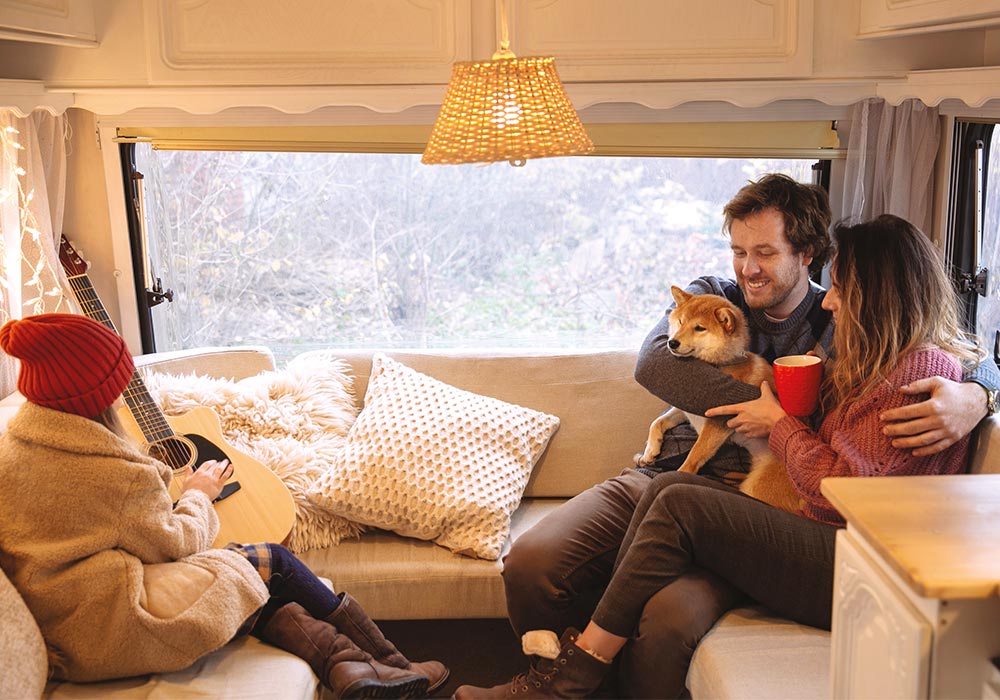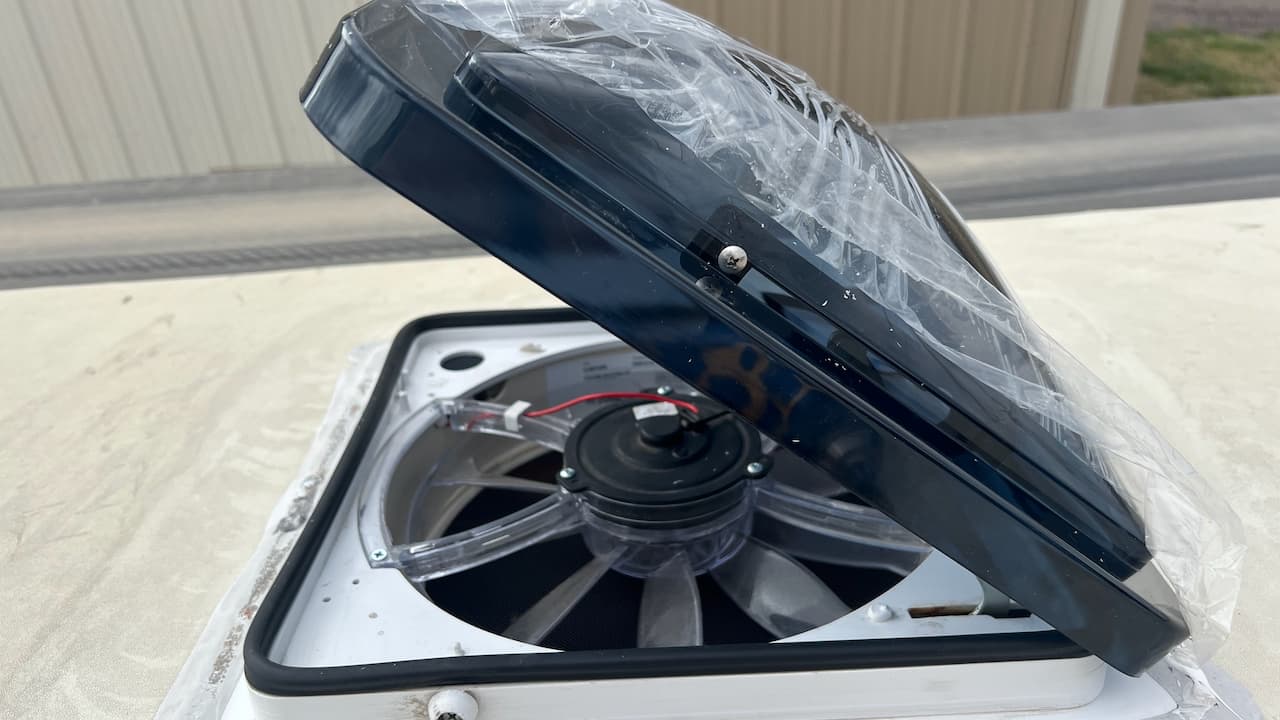The Ultimate Winter RV Living Checklist for Full-Timers (+ Free PDF)
Winter RV living presents unique challenges that summer camping simply doesn’t prepare you for. Whether you’re escaping to warmer climates or embracing the snowy wonderland, being prepared for cold-weather RVing is essential for comfort, safety, and protecting your investment. This comprehensive winter RV living checklist covers everything full-time RVers need to thrive during the coldest months of the year.
Why Winter RV Living Requires Special Preparation

Living in an RV during winter isn’t just about staying warm—it’s about preventing costly damage, maintaining your health, and ensuring your mobile lifestyle remains enjoyable even when temperatures plummet. Unlike traditional homes, RVs have thinner walls, exposed plumbing, and systems that weren’t necessarily designed for extreme cold.
Full-time RVers face additional challenges because there’s no “home base” to retreat to when things get tough. Your RV is your home, making proper winterization and preparation absolutely critical. From frozen pipes that can burst and cause thousands in damage to propane systems that struggle in cold weather, winter RVing demands proactive planning and the right equipment.
Essential RV Winterization Tasks
Before winter arrives, completing these winterization tasks will protect your RV’s critical systems and save you from expensive repairs down the road.
Start with your water system, the most vulnerable component in cold weather. Install heat tape on exposed pipes and add insulation wherever possible. Consider using tank heaters for both fresh and waste water tanks. Many full-timers switch to a four-season hose or disconnect completely during freezing nights, relying on their fresh water tank instead.
Your RV’s underbelly needs attention too. Ensure your RV has a heated and enclosed underbelly, or add skirting to create a barrier against cold air. This simple addition can raise the temperature underneath your RV by 10-20 degrees, making a significant difference in protecting your plumbing and improving overall insulation.
Don’t forget about your battery bank. Cold weather significantly reduces battery capacity—sometimes by up to 50%. Keep batteries fully charged, consider adding battery blankets or heaters, and if possible, bring them inside during extreme cold snaps. For those relying on solar power, remember that winter means shorter days and snow-covered panels, so have backup charging methods ready.
Heating Solutions and Insulation Upgrades

Staying warm efficiently is the cornerstone of comfortable winter RV living. While your RV’s built-in furnace works, it burns through propane quickly and doesn’t always distribute heat evenly.
Electric space heaters become your best friend for supplementing your furnace. Ceramic heaters work well for spot heating, while oil-filled radiators provide steady, even heat. Always use heaters rated for indoor use and never leave them unattended. Consider investing in a portable electric fireplace for both warmth and ambiance in your main living area.
Insulation upgrades make a dramatic difference in comfort and heating costs. Install thermal curtains or insulated window coverings—windows are major heat loss points in RVs. Reflectix or foam board cut to fit windows provides excellent insulation. Add draft stoppers under doors and seal any gaps around slides with weather stripping or foam tape.
Consider upgrading your RV’s insulation if you’re serious about full-time winter living. Spray foam insulation in accessible walls, upgraded vent cushions, and even simply laying rugs on the floor all contribute to a warmer interior. Some RVers report temperature improvements of 10-15 degrees just from these simple modifications.
Safety Equipment and Emergency Supplies
Winter RVing isn’t just about comfort—safety must be your top priority. Carbon monoxide becomes a bigger risk when everything is sealed up tight and heaters run constantly. Install additional CO detectors if needed, and test them monthly. Never use outdoor heaters, grills, or generators inside or near your RV.
Stock emergency supplies before winter storms hit. Keep at least a week’s worth of non-perishable food, extra water (store inside to prevent freezing), batteries, flashlights, and a battery-powered radio. Include extra propane tanks, as consumption increases dramatically in cold weather—you might use 3-4 times more propane than in summer.
Don’t underestimate the importance of proper winter clothing and bedding. Thermal underwear, insulated boots, and quality sleeping bags rated for cold weather ensure you stay warm even if your heating fails. Keep extra blankets accessible and consider electric blankets for nighttime comfort without running heaters.
Moisture Control and Ventilation Strategies

Condensation is winter RV living’s silent enemy. Cooking, showering, and even breathing create moisture that condenses on cold surfaces, leading to mold, mildew, and water damage. Proper ventilation is crucial, even though it seems counterintuitive when trying to stay warm.
Run vent fans periodically, especially when cooking or after showers. Crack a window slightly when using propane heat, as it produces moisture. Invest in a good dehumidifier—aim to keep humidity levels between 30-50%. Empty it regularly, as you’ll be surprised how much water it collects.
Use moisture-absorbing products in closets and storage areas. DampRid or similar products work well in small spaces. Wipe down windows daily to prevent water from pooling and damaging seals or creating mold. Some RVers use small fans to circulate air in problem areas, preventing moisture pockets from forming.
Planning for Winter RV Park Stays
Choosing the right RV park for winter makes a huge difference in your experience. Look for parks with well-maintained roads that are plowed regularly. Sites with wind protection from buildings or trees help reduce heat loss and propane consumption.
Verify the park’s winter amenities before committing to a long-term stay. Does the bathhouse remain heated and accessible? Are water hookups freeze-protected? Is propane delivery available? Some parks offer winter storage sheds or enclosed areas for sensitive items. Full hookups with reliable 50-amp service become even more important when running multiple heaters and appliances.
Build relationships with fellow winter RVers and park staff. They’re invaluable resources for local weather patterns, problem-solving, and emergency assistance. Many winter RV communities are tight-knit, looking out for each other during storms or cold snaps.
Conclusion
Winter RV living as a full-timer requires preparation, the right equipment, and a positive attitude. While it presents challenges, many RVers find winter their favorite season—fewer crowds, stunning scenery, and a unique sense of adventure. Use our comprehensive checklist to ensure you’re prepared for whatever winter throws your way.
Remember, every RV and situation is different. Start with the basics and adjust based on your specific needs and climate. Download our free PDF checklist to keep track of your winter preparations and ensure nothing important gets overlooked. Stay warm, stay safe, and enjoy the unique experience of winter RV living!
